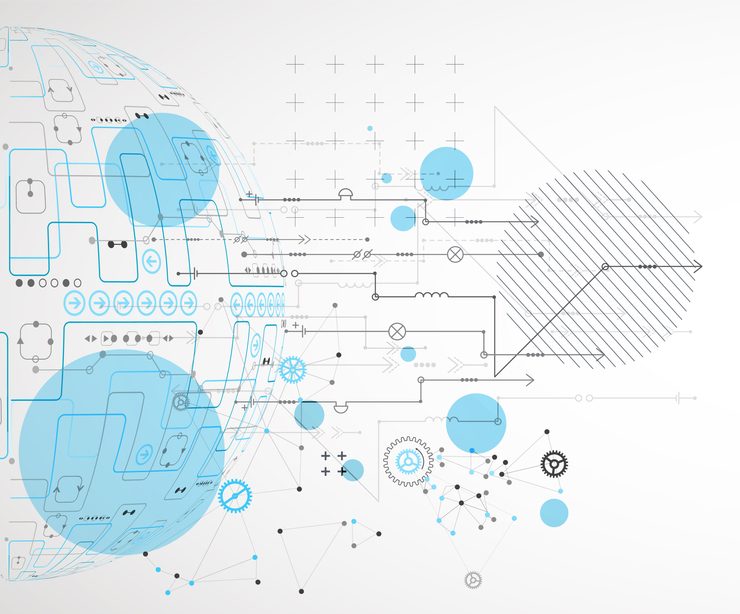The rise of artificial intelligence (AI), especially within the realm of machine learning (ML), has experienced significant global advancement in recent years, driven by increased computational power and data accessibility. While many countries have heavily invested in AI and ML for various applications, evaluating North Korea’s AI/ML landscape presents a unique challenge due to its secretive nature and the constraints imposed by current sanctions.
North Korea’s development of the “Eunbyul” AI program in 1998 marked its entry into the AI/ML domain. Despite challenges in hardware procurement, open-source information indicates active efforts in AI/ML development across different sectors to keep pace with global advancements.
This analysis delves into North Korea’s AI/ML research, highlighting its utilization in government, academia, and industry. Noteworthy applications include AI/ML usage in sensitive areas like wargaming and surveillance, as well as ongoing collaborations with foreign scholars. The transfer of AI technology, termed intangible transfer of technology (ITT), necessitates monitoring to mitigate potential sanctions risks, particularly in academic and private sectors.
North Korea’s AI/ML journey spans three decades, with recent emphasis on an “informatized/digitized economy.” The establishment of the Artificial Intelligence Research Institute in 2013 underscores the country’s commitment to advancing digitalization efforts. Academic institutions have also embraced AI/ML, with a focus on cutting-edge technologies and program offerings. Additionally, North Korean companies have introduced commercial products integrating AI/ML technologies, showcasing advancements in this field.
The study highlights civilian and military applications of AI/ML in North Korea. In the realm of nuclear safety, optimization techniques like genetic algorithms play a crucial role in ensuring reactor safety and enhancing power generation. On the military front, the use of reinforcement learning for wargaming simulations underscores North Korea’s strategic intent in leveraging AI for operational planning.
The analysis raises concerns regarding potential sanctions and export control implications stemming from North Korea’s AI/ML pursuits. Collaborations with entities under US financial restrictions and the risk of technology transfers via intangible means pose significant challenges. International conferences could inadvertently facilitate technical assistance for military applications, violating sanctions and export control regulations.
To address these risks effectively, national authorities should engage with cloud computing service providers and academic/professional associations hosting technology conferences. Heightened awareness of potential threats posed by North Korea’s AI/ML initiatives and measures to enhance customer screening and academic collaboration safeguards are crucial steps in mitigating proliferation risks.
The appendices provide additional insights into North Korea’s commercial products utilizing AI/ML, publication lists of key researchers, visual information on nuclear reactors, examples of AI/ML studies for military applications, and a list of relevant studies by Chinese scholars associated with military organizations.
Appendix I. North Korea’s Commercial Products Employing AI/ML.
- Figure 1. Flyer for the Azalea 6⁄7 mobile phone.
- Figure 2. Flyer for the Yalu River Technology Development Company.
Appendix II. Publication List of Ho Il Mun and So Chol.
Appendix III. Visual information on 1,000 MWe PWR.
- Figure 4. Configurations of fuel assemblies.
- Figure 5. Similar fuel assembly configurations as seen in a North Korean study.
- Figure 6. Specifications for the reactor design employed in the North Korean study.
Appendix IV. Examples of AI/ML/RL Studies for Potential Military Applications.
Appendix V. List of Jian Yao’s Studies.






